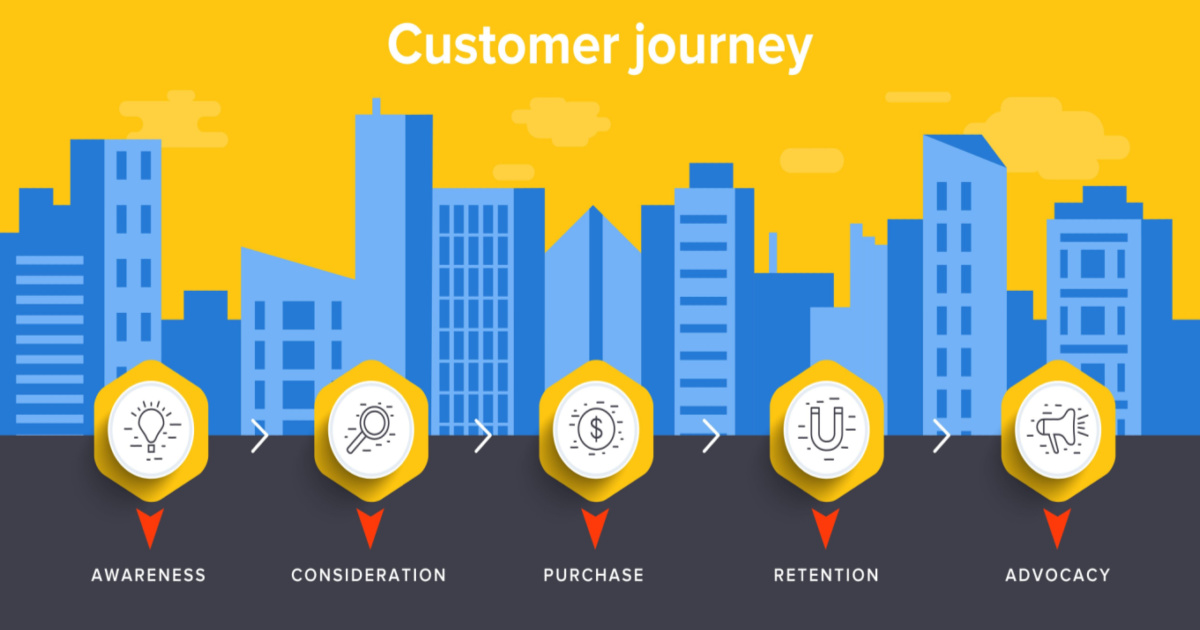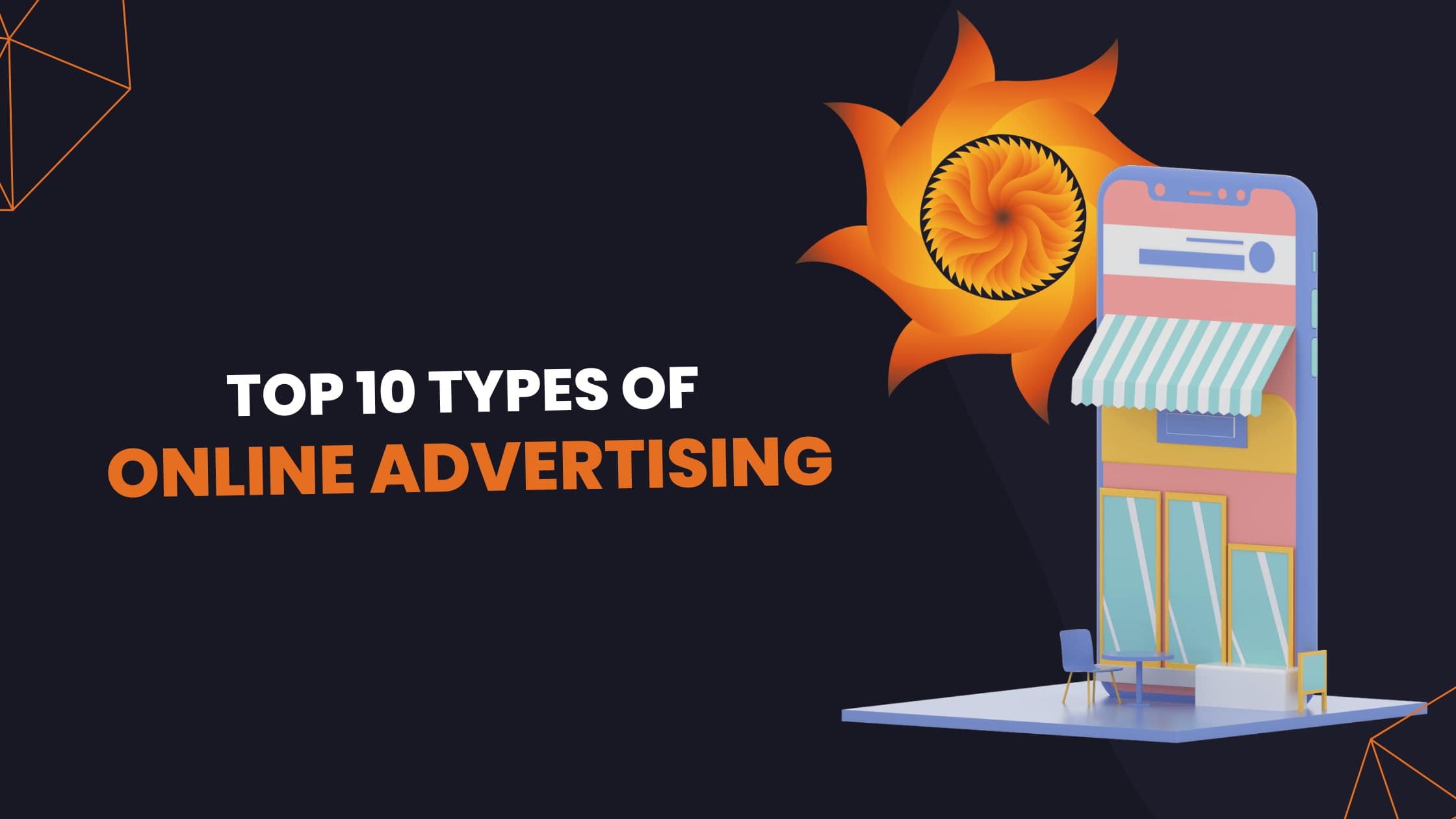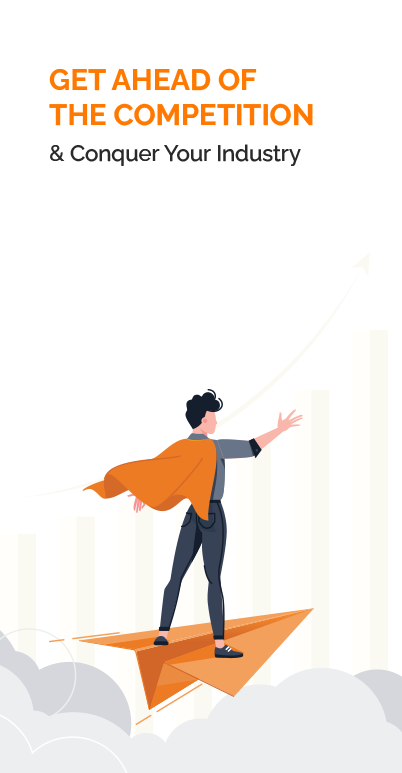Only a few years ago, the sales process was more of a pushy type. The salespeople generally took charge of the conversations and drove prospects into buyers. But thanks to the internet, vast information is readily available today, making buyers equally participate in almost every deal.
While sales remained a transactional process for a long time, we have recently seen organizations emphasizing empathetic approaches to selling. In fact, sales teams are trying to help their prospective buyers by understanding what they actually need rather than just selling what they have.
Generally, for a buyer, the process of buying something goes through a series of interactions and engagements. This entire process is known as the buyer’s journey. Let’s understand this journey in detail.
What is the Buyer’s Journey?
A buyer doesn’t buy anything without proper research. And the research involves different phases of consideration & evaluation that ultimately lead to the purchase. So, the buyer journey is the process followed by a person from the first interaction to purchasing a product or service.
Marketing teams have developed several stages of the buyer’s journey. Each phase involves strategies that target a specific audience and guide them to the next step. If your marketing department can understand your buyer’s journey accurately, it can develop the right marketing strategy effortlessly that attracts the peak response from the most relevant people. Besides, it helps your sales development representatives generate qualified leads and convert them into your clients conveniently.
Let us look at the buyers’ journey stages and how they can impact your sales growth.
Stages of Buyers Journey
Broadly, there are four stages of the buyer journey.
Awareness
The first stage of a buyer’s journey begins with the potential customer realizing a pain point. When a person is in a problem, he tries to find a solution. And if you have one, this is the ideal time to appear in front of your target audience. All you need is to place an efficient marketing strategy with search engine optimization (SEO), social media optimization (SMO), and ad campaigns.
The awareness stage is based on research, usually done through online search engines. Most potential customers in this stage are only looking for essential details. As a marketer, you can focus on simply showing what your product/service offers instead of confusing the target audience with complicated information.
Consideration
In the consideration phase, a buyer clearly defines the challenge he faces and starts to consider options that solve it. Your buyers will check the available options thoroughly and evaluate them based on their merits and demerits. Although they know different businesses offering solutions, they’re still unsure which solution to purchase. Generally, the evaluation in this stage is for potential opportunities, prices, and suitability.
As a marketer, it is crucial to show the relevant information in this stage that convinces the audience to move to the next step. Therefore, the ideal content at this stage will be comparison guides, case studies, expert guides, etc.
Decision Making
By the time a buyer reaches this stage, he has already decided on the category of a solution. The evaluation of various options leads to this stage, where buyers pick the most suitable solution to administer their problems. However, this is worth noting that the buyer has not yet purchased the product or service.
As a marketer, you must have a strategy to address people’s queries even at this stage to convince them to make the purchase. For example, you can offer free trials, show them reviews & testimonials, and highlight your USPs and competitive advantages.
Action (Purchase & Retention)
After thorough research and evaluating several factors, a buyer finally makes the purchase. It is the transactional part of the buyer’s journey where he pays for what he gets.
You might think the journey ends here because you have sold the product. However, it is not true. Most customers will be interested in after-sales value after purchasing your product or service. They want the best practices and guides to ensure they get value out of your product in the long term.
It is valid for both repetitive and non-repetitive purchases. You must offer continuous services to keep your customers if it is a repetitive purchase. Whereas, if it is a non-repetitive purchase, you must guide them through various efficient approaches so they don’t need any replacement.
The importance of Buyers Journey
As told earlier, the buyer’s journey is a process your prospective clients follow while purchasing something. However, if you already know the different stages buyers go through, doesn’t it give you an upper hand in reaching them at the right place and time?
A successful marketing campaign is about reaching your target audience at the right time with the right content. If you can identify your audience in the awareness stage, you will more likely catch it before your competitors. Similarly, if you know what stage they are in, you can come up with creative & relevant content ideas to push your leads down the funnel. Finally, if you execute the plan well, you can efficiently convert those leads into customers.
How to map out the buyer’s journey
Now that we know the different stages of the buyer journey and their importance for a successful marketing campaign let’s look at their utilization.
Defining the buyer personas
A coherent user journey begins with a clear & correct understanding of your target audience. If you know your target audience, you can personify your buyer or create a buyer persona with the available data points. Having three to five personas brings the best results to your marketing campaigns.
Find the obstacles your customers face
When you create a buyer persona or the ideal customer profile, you must consider the real-life problems they face that your offerings can solve. Once you have identified those problems, check what obstacles they might face during their buyer journey.
It may include the questions they could ask and the information they should get. Try to find the process’s what, why, where, when, who, and how.
Get possible solutions to these obstacles
Think about all the possible solutions your prospective customers might want for their problems. The best way to find the answers is by putting yourself in your ideal customer’s shoes. You need to counter every hurdle they face like price, quality, competition, after-sales value, etc.
Do a thorough competitor analysis
Your competitors are probably the best teachers when it comes to running a marketing campaign. Keeping an eye on what competitors are doing helps you create relevant content. You also get an idea of how they differentiate from you and what are the ways to fill the gap
Does your content fit the buyer’s journey?
Now that you have the pain points, solutions, obstacles, and detailed knowledge of the stages of the buyer’s journey, your next step is to work out the content strategy. You can start creating new blogs or restructure the old ones. You can also use social media as the most effective tool to reach your target audience through relevant content at any particular stage.
Smart tips for conquering the buyer’s journey
- Keep it simple. Yes, the customer journeys are complex, but the content you create to answer the customers’ questions must be explicit, user-friendly, and helpful.
- Data is necessary to run any marketing campaign. Use data to inform your approach to meeting customers to hit them sooner & deeper.
- Keep learning and alternating your strategies for the customer journey. Marketing activities are highly fluid and frequently change due to technological, industry-based innovations, and other external factors.
- Use your CTAs efficiently to achieve your desired results. The key is to use active language that is easy to understand. Personalize and customize the CTAs for different stages of the journey.
Conclusion
We have covered the buyer journey, its stages, and its utilization for efficient marketing campaigns. Keep it at the center of your content creation and advertisement campaigns. Your chances of achieving better results will increase.
Check Our Process to make your buyer’s journey the most effortless and select the right type of online advertising platform with HeliosHub.









0 Comments